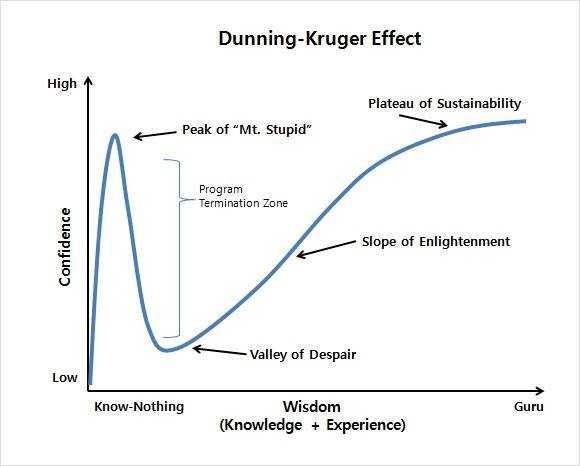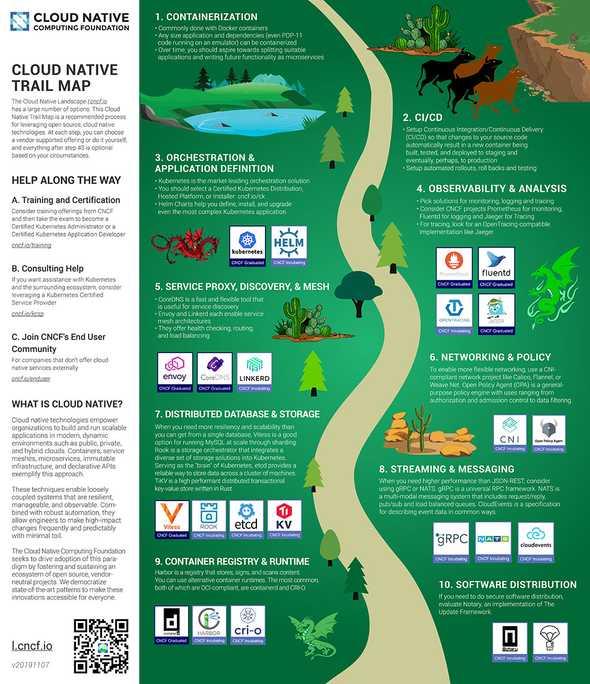Kubecon and the Cloud Native Trail Map 🗺️
Making sense of this vast space
December 08, 2019
I was fortunate enough to have attended the 2019 KubeCon / CloudNativeCon. I knew Kubernetes was gaining popularity but it wasn’t till the convention that I realized just how vast the space is.
My experience with K8s so far had been academic. I had run a few kubectl commands when taking GKE for a spin, run
through a few video courses, and even wrote an app to dynamically generate manifests. I felt like I had enough
experience to know what I was talking about… that is, until I entered the vendor hall.
In terms of the Dunning Kruger Effect, I had indeed summited the peak of Mt. Stupid.
Kubecon (Dis)Orientation
During day 1 of Kubecon, the vendor hall was much more of a miss for me. I was familiar with the major offerings but was having a hard time taking in all the products and services offered around Kubernetes. It all seemed either very niche or abstracted beyond useful. (This was my first impression, not reality.)
By day 2, I had conversations which added context and began to tame the information I was trying to process and then, as if someone flipped a switch, I had a moment of clarity. I actually looking through stickers scattered about a group of tables when I came across a high quality color infographic which organized the technologies into categories, complete with associated vendors.
They call this the Trail Map. You can find it in the Cloud Native landscape repo.
I suddenly had a way to compartmentalize vendors and services, making it all far easier to reason about and take in.
Even if you have a grasp on the industry, this is worth a look. Share it with friends and others that may be trying to grasp the vast field.
Visit the Cloud Native landscape Repo.
Would you like to see more content like this?
Let me know! Follow and share your thoughts on Twitter. DMs always open.


